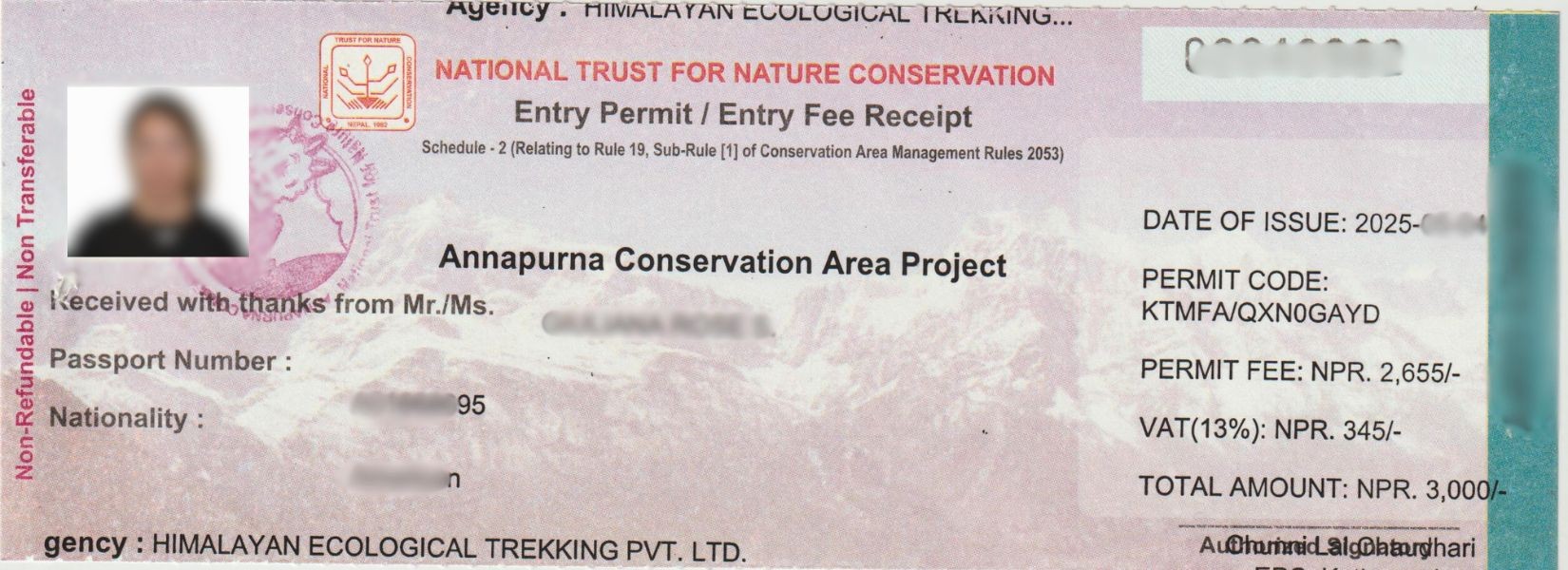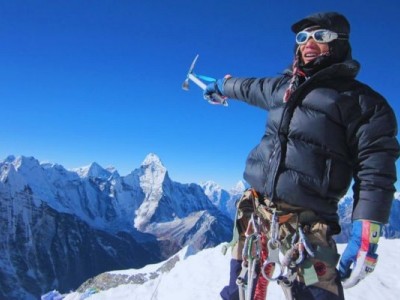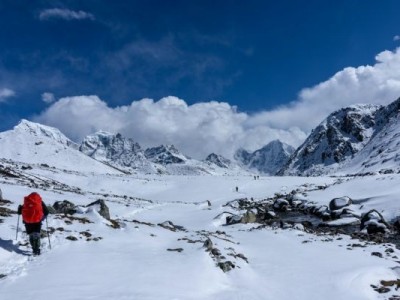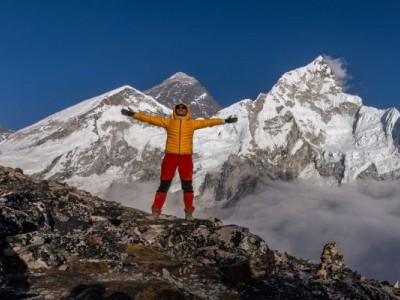What Is the Annapurna Circuit Trek?
Annapurna Circuit gives one of the most classic treks in Nepal. It is a long hiking route that circles the whole of the Annapurna mountain range. The number of days to complete this trek is usually between 12 and 21 days, depending on the pace and which side trips are included. In total, you will experience high mountain passes, different climatic zones, cultures and landscapes.
There are reasons why the Nepalese government distinguishes this area due to its unique natural and cultural significance. Thus, all trekkers must obtain the correct permits from the government in order to hike in this area. The permits are intended to preserve the environment and support local economies and communities.
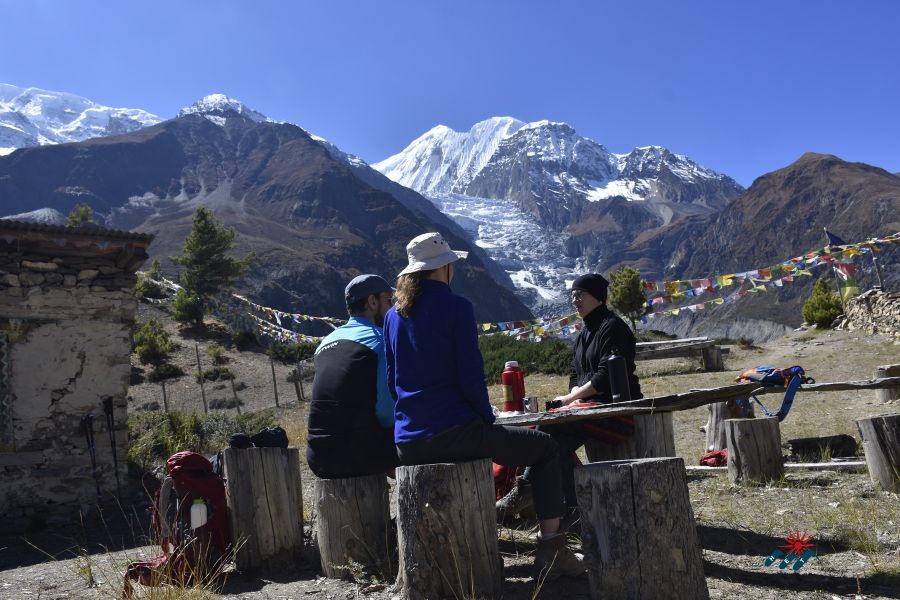
What Permits Do You Need?
Every hiker must get two main permits for the Annapurna Circuit Trek:
Annapurna Conservation Area Permit (ACAP)
The ACAP is more than just a ticket to the trail. It is your contribution to conserving the Annapurna region:
- It protects the unique nature of the Annapurna region
- It helps maintain the trails and build rest stops
- It contributes financially to local schools, health posts, and community projects
- It helps support the unique culture and traditions of the local people
You cannot legally walk into the Annapurna Conservation Area (which covers the entire trekking route) without obtaining an ACAP. The park rangers will be checking for it at various checkpoints along the way.
Important Note for 2025: The Nepal Tourism Board now requires all independent hikers to hire a licensed guide for major trekking areas in Nepal, including the Annapurna Circuit. This new rule aims to increase safety and create more jobs for local guides.
How Much Do the Permits Cost?
Costs for ACAP Permits:
- Most foreign visitors: NRP 3,000 (about $25 USD)
- Foreign visitors from South Asian countries (SAARC nations: India, Bangladesh, Pakistan, Sri Lanka, Bhutan, Maldives, Afghanistan): NRP 1,000
Fees are small in comparison to the total cost of your trek; however, the impact on conservation and safety efforts is significant. The funds obtained by the use of this permit will be used to protect and maintain the areas you will be trekking in, which will directly increase the enjoyment of your trek, as well will also help to sustain a quality trek.
Where Can You Get These Permits?
You can obtain a permit in either Kathmandu (the capital of Nepal) or Pokhara (the primary departure point for many trekking routes). Here are the locations:
In Kathmandu:
Nepal Tourism Board Office on Pradarshani Marg (close to Thamel, the tourist area near the long-term arrivals)
This is the most popular and convenient location to obtain both permits at one time.
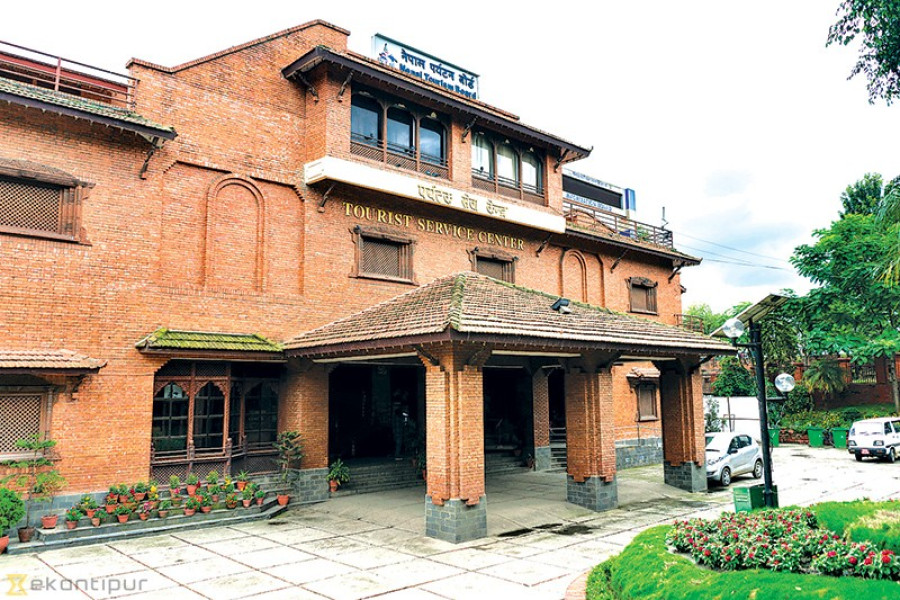
In Pokhara:
ACAP Counter in Damside
- Located near the tourist bus park
- Open for business daily from 9:00-5:00.
Nepal Tourism Board Office in Pardi
- Open for business Sunday through Friday, 10:00-5:00
- Located near Pokhara Airport
Many trekkers choose to receive their permits in Kathmandu before travelling to the trek's start point. If you are driving directly to Pokhara, the process will be just as easy to receive your permits there.
What Documents Do You Need?
To apply for your permits, you will need:
- Your passport containing your Nepal visa - Make sure that your visa is valid for the entire duration of your trek, as officials will check your passport details and take a copy.
- Passport-sized pictures - Bring 2 recent pictures for ACAP. Some offices can take your picture for an extra fee, but it is better to have our own.
- Completed application forms - these forms are available at the permit offices. You will need to complete your details, who you want to put down as your emergency contact, and your intended trek itinerary. Filling out an online ETA Visa prior to Nepal arrival will be helpful if you are at the airport. Just print the application, and the application is valid for 15 days from the date of submission.
- Cash in Nepalese Rupees - Direct payments in currency other than Nepalese Rupees are not accepted at most offices. Change money before attempting to apply.
- Proof of a hired licensed guide - As you know, guides are required as of 2025, so you will need to provide proof that you hired a licensed guide. Trekking agencies typically do a good job of taking care of this part when booked with an agency.
The application is easy and won't take too long if you have all your documents organised.
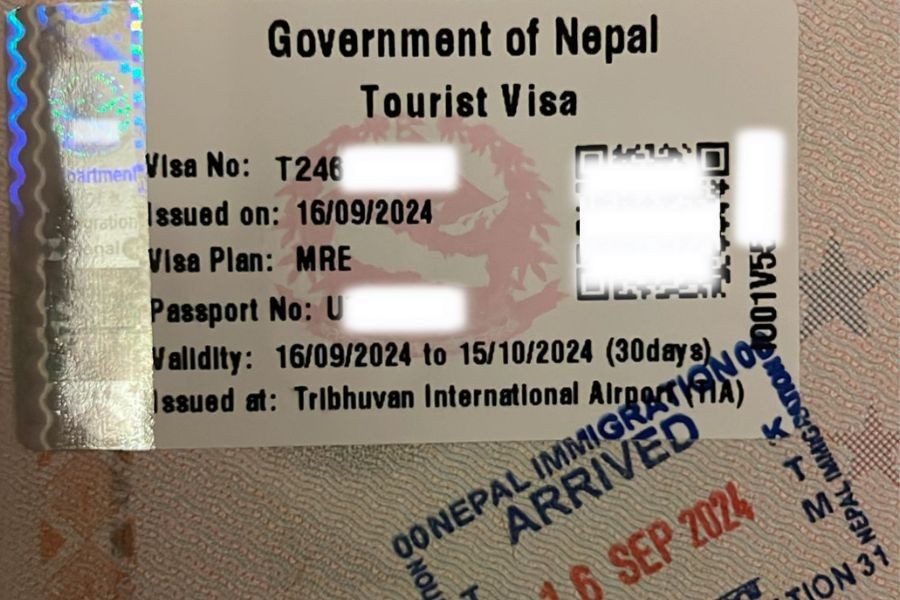
How Long Are the Permits Valid?
Validity of the Permits Annapurna Circuit Trek permits:
- It is one entry only - If you leave the conservation area, you will have to buy a new permit to return to the same area.
- Usually, allow for 30 days of trekking - This is more than enough time for most trekkers since Annapurna Circuit usually takes 12-21 days to complete.
- Allow you to start at one of the common entry points like Besisahar or Chame (the actual starting points of the Annapurna Circuit Trek).
- Allow you to finish at one of the common exit points like Jomsom or Nayapul (most trekkers exit at Jomsom in order to fly back to Pokhara or complete the full circuit to Nayapul).
If you plan to tackle other treks in Nepal, such as Everest Base Camp or Langtang Trek, you will need extra permits.
Checkpoint System Along the Trek
As you trek through the Annapurna Circuit, you'll encounter a number of checkpoints where officials will check your permits:
- Entry checkpoints - At the beginning of the trek, this is where your permits will be checked and recorded.
- Midway checkpoints - There are several checkpoints along the trekking route, the officials are checking on you to record your whereabouts and find out how many hikers are there total.
- Exit checkpoints - When you complete your trek, before you leave, you will check out at the final checkout.
At each checkpoint, officials will do the following:
- Check permits
- Record in their logbook
- Stamp your permits that verify you went through
Be sure not to skip any checkpoints and never trek without permits. The area will be patrolled by park officers. The fines for trekking without permits are much larger than the cost of the permits!
Helpful Tips for Getting Your Permits
- Apply early: Do not wait until the last minute to apply for permits. Apply for them 2-3 days before you begin your trek; this will give you time to sort it out if something does not work out and not delay your trek. Verify whether there is a government holiday, as Nepal observes numerous public holidays.
- Bring cash: Most offices only accept Nepalese Rupees. ATM in Nepal are available in Kathmandu and Pokhara, all other towns do not have ATM near the trailhead towns.
- Keep spare copies: It is best to have hard copies and digital copies of your permits. Keep your digital copies in your email or in cloud storage, and keep your hard copies separate from your original.
- Stop: You must stop at all checkpoint stations and show your sponsor permits. Although some hikers try to bypass the checkpoint stations, this can make it hard to get help in an emergency situation and can lead to Fines.
- Be honest about your hiking plans: You will need to report your plans for trekking in part II of your permit forms. Give honest answers about your trekking route and time frame. Following this is usually a good idea for safety.
- Use a trekking agency: If permits are a bit overwhelming for you, many trekking agencies can do this for you. This may cost you a bit more, but you have more time to enjoy yourself and are assured that it is all taken care of correctly.
- Keep your permits dry and safe: It would be wise to keep your permits in a waterproof bag or pouch to protect them from rain, tears and damage. Take a photo of the permit as a backup, just in case.
FAQs
Can I purchase Annapurna Circuit trek permits online?
No, you need to get them in person in Nepal. There's no online option yet, but there have been plans discussed by the tourism board to do this in the future.
Can I use the permit more than once?
No, the permits are good for one trek only. If you want to do it again, you will need new permits. Each permit has your picture on it and is stamped at checkpoints.
Do I need a guide to obtain the permits?
As of 2025, foreigners must now have a licensed guide to carry out any hike. The guide can help you arrange the permits. This rule was made for two reasons: for safety and to provide more work for local guides.
How long does it take to get the permits?
If you have all the relevant documents, it usually 1-2 hours. The trekking offices can get busy during the peak trekking periods (September-October-November and March-April-May), so if you can, allow for extra time.
What if I want to stay longer than 30 days?
If you intend to trek for longer than 30 days, you must indicate this when applying for your permits. You could be required to pay an additional fee in some situations.
Can I extend my permit if needed?
It is very difficult to extend permits once on the trek. It is preferable to apply for a longer period of time right away if you believe you might require more time.
What if I lose my permits when trekking?
This is a serious issue. You should notify the nearest checkpoint/station to where you are trekking as soon as you can. You may have to travel back to Kathmandu or Pokhara to acquire new permits, which may delay your travel significantly.
Final Thoughts
Acquiring the appropriate permits is the vital first step to your Annapurna Circuit trekking experience. Although it might seem like an extra piece of paperwork, permits are an essential part of preserving the wonderful places you travel to and supporting the people who live there.
Generally, it is not difficult to obtain permits if you know what to do. This will require you to budget for permit costs during your planning and to physically carry your permit with you when you are trekking.
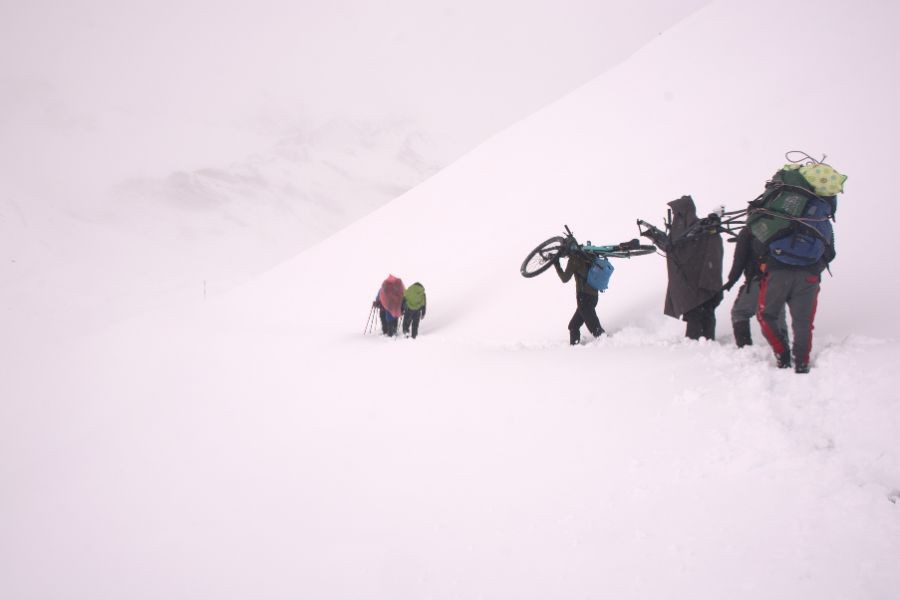
For the most up-to-date information and assistance with getting permits, I would recommend booking your trek with Himalayan Ecological Trekking. Our business specialises in sustainable trekking in the Himalayas. The Himalayan Ecological Trekking team will complete all of the permit paperwork for you and provide you with experienced guides who have visited and understand the Annapurna region.
Although the Annapurna Circuit is known to be one of the greatest treks in the world, it offers beautiful scenery and rich cultural experiences for travellers. By acquiring the necessary permits, this incredible area will remain preserved and allow future hikers to appreciate this beautiful place. Happy trekking! Should you need any information about the trip, feel free to drop us a message on [email protected] or on WhatsApp: +977 9851006023
